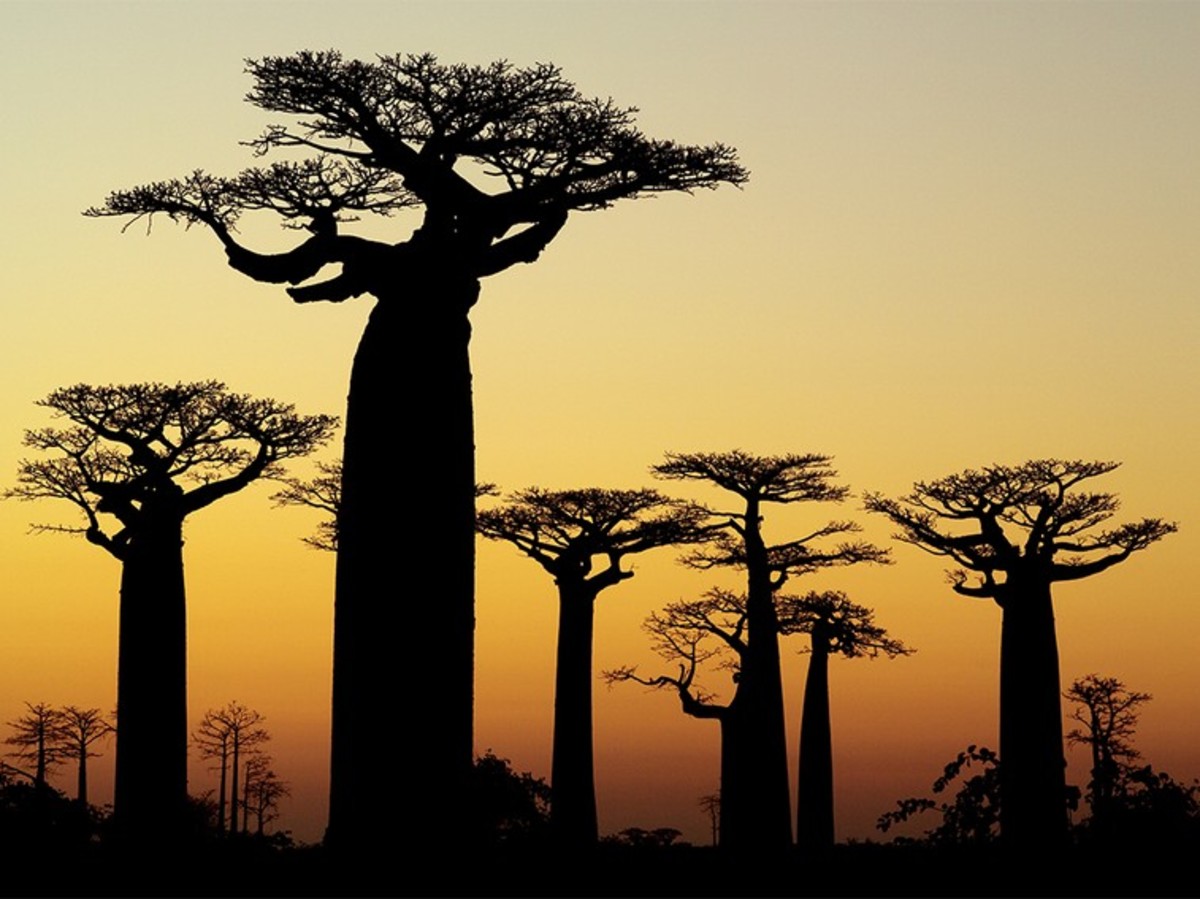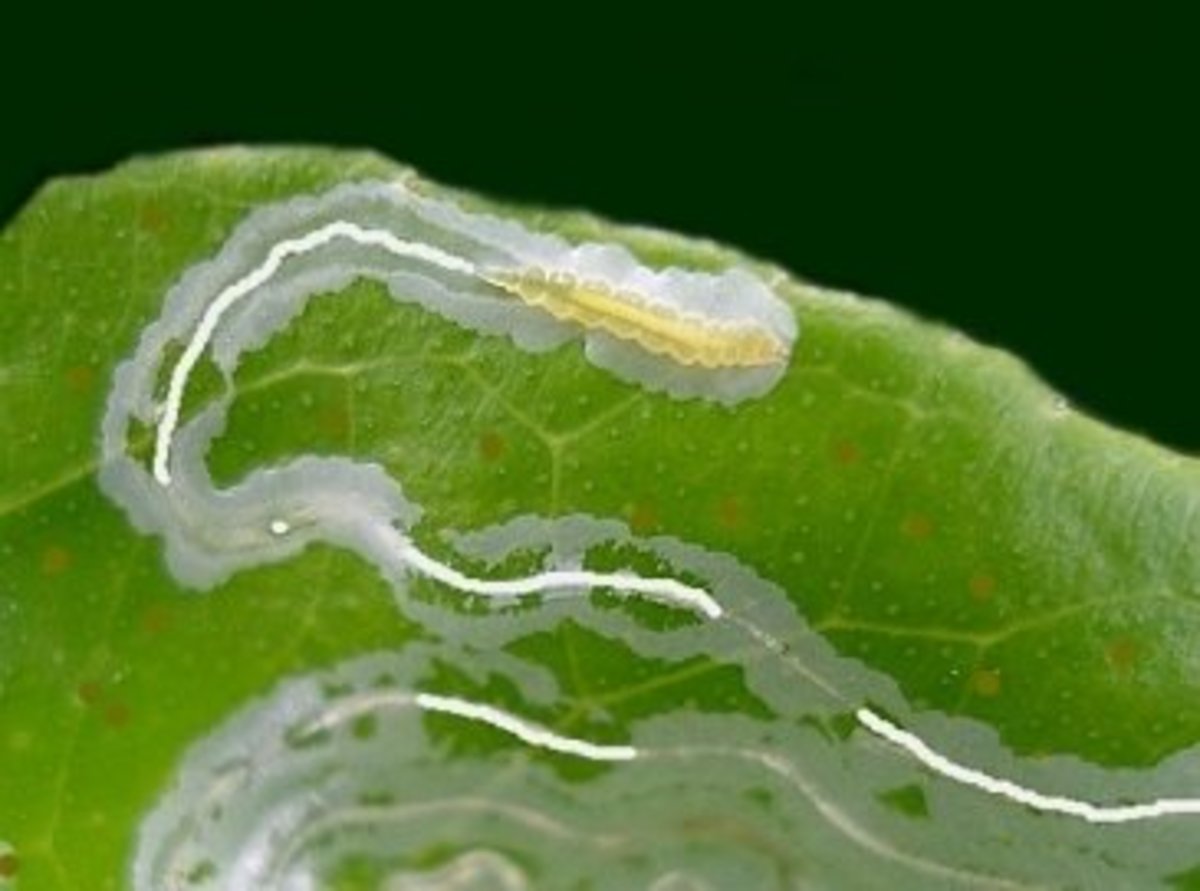Controlling Insect Pests in Seeds
Insect pests in stored plant seed can reduce seed viability and decrease its market value which can be devastating when large quantities of seeds are infested. Because insects are motile they can easily spread between seed batches that are not stored apart in airtight containers, different batches ideally should be kept isolated from each other to contain any outbreaks of insect pests.
There are two major types of insect pests that I sometimes find in my stored vegetable and ornamental plant seeds and I use different treatment methods for the control of each type.
The first type are beetle larvae such as the larvae of Acacia Seed Weevils (Melanterius spp.) and Bean or Seed Weevils (Bruchinae subfamily of the family Chrysomelidae), although the later are not true weevils at all.
Beetle pests often go undetected in seed until it is too late. This is because often pest beetle will lay its egg hidden under the seed coat and at the time of collection the seed will look perfectly fine. Several weeks later however there’ll be lots of small, yellowish grubs wriggling throughout the collected seed. At this point it’s too late as the grubs will have finished eating the insides out of the seeds and will have made a small hole in the seed coat to escape, and then begin to pupate. Some seeds may still germinate if the embryonic tissue is intact but the resulting seedling will be stunted as it will have less energy reserves to grow from than seedlings germinated from unaffected seeds. Beetle larvae are generally more likely to attack plant species with larger seeds as these contain a larger endosperm reserve for the grubs to feed on, the seeds of beans and other legumes are especially venerable to beetle attack.
If you package seed to store, trade or sell as soon as it is dry, weevil grubs can emerge during transit and the recipient will be shocked to find that their seed packet contains only hole-ridden seed and wriggly little grubs. To avoid this situation I like to keep any seed collected from susceptible species in a sealed container for a few weeks to make sure they are not infested. Freezing seed for two days will kill most species of beetle larvae and eggs within seeds. Care should be taken to ensure frozen seed is adequately dried beforehand otherwise ice crystals can form within the cells of the seed which can rupture the cell walls and kill the seed. Diatomaceous earth can also be used to kill the grubs as they emerge but it won’t affect grubs that are still feeding inside the seed. Diatomaceous earth is the fossilized remains of diatoms, which are a type of marine, algal phytoplankton. Diatomaceous earth particles are abrasive to the cuticle of insects and causes cuts which dehydrate and kill any insect it comes into contact with. Fortunately it doesn’t damage human skin and feels just like any other powder to the touch.
The second type of insect seed pest I commonly encounter are certain species of booklice (Family Psocoptera), booklice are also known as psocids. The species which commonly infest seed stock are only about 1mm long and almost invisible unless you inspect seed carefully for them.
Booklice are generally secondary feeders on stored seed, their mouthparts are too weak to break through tough seed coats and they tend to only feed on the endosperm of seeds where the outer coat has become cracked by other means such as rough treatment during handling or from damage created by other pests. Because they feed on already damaged seed and prefer seed endosperm over embryonic tissues, booklice are unlikely to reduce seed viability unless there is a significant infestation. However any seeds you sell or trade with other people should ideally be totally free of all pests or diseases.
Booklice have a short lifespan with each individual only living about three weeks before dying. Because of this, under ideal (warm and humid) conditions booklice will multiply rather rapidly, up to 20 times in one month. In stored grain silos they can multiply to high enough numbers to create a brown coloured moving carpet of booklice, while this would be quite a sight to behold I doubt I’ll ever see this with the small quantities of seed I deal with.
Booklice as their name suggests like to consume more than just seeds, often they can be found in old, yellowing books where they feed on the glue that is used to bind the books together. Booklice can also make a meal out of items in your pantry if you’re not consistent in keeping everything well sealed. I’ve found the pesky little buggers hanging out in flour, on dried pappadums, and even in the folds of teabags. As much as I’m sure that eating food contaminated with booklice wouldn’t actually cause me harm, I just don’t like the idea and will tend to toss out anything I find that has been infested.
Controlling booklice can be tricky as they are so tiny that they are quite difficult to see without looking closely and they tend to quickly hide themselves away when they are disturbed. Keeping seed in a controlled environment can help as booklice fail to thrive when temperatures drop below 20 degrees Celsius or relative humidity drops below 60%. If you have a dedicated air-conditioned seed storage area, setting the temperature and humidity below these levels will help to drastically reduce the numbers of booklice in stored seed. Placing some good old fashioned moth balls in seed storage areas will also prevent new infestations from occurring. To kill existing booklice in seed you can stir a small amount of diatomaceous earth through the seed so that the seed appear to be only lightly coated.








